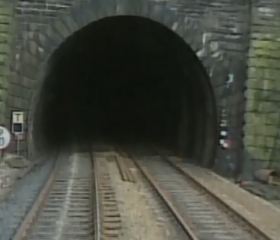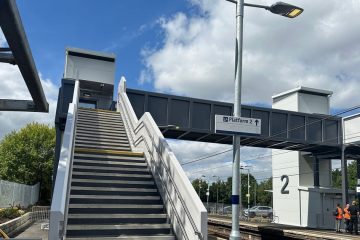The Elizabeth Line: Transforming London’s Transport Network
Introduction
The Elizabeth Line, also known as Crossrail, is a critical infrastructure project designed to revolutionise public transport in London. With its opening in May 2022, the line significantly enhances connectivity across the city and the surrounding areas, making daily commutes more efficient and bolstering regional economies.
Key Features and Benefits
The Elizabeth Line stretches approximately 118 kilometres from Reading and Heathrow in the west to Shenfield and Abbey Wood in the east, with central tunnels running beneath London. It includes 41 stations, with 10 new ones added, allowing for direct travel across previously disconnected regions. The introduction of the Elizabeth Line has not only reduced journey times but also increased the frequency of trains, thereby accommodating a growing population and influx of commuters.
One of the standout features of the Elizabeth Line is its high-speed capability, enabling trains to travel at speeds of up to 90 miles per hour. The line operates at a maximum capacity of 24 trains per hour during peak periods, addressing the challenging demands of London’s transport network. The sleek, modern trains, designed for comfort and accessibility, include features such as wider doors and low-floor access for easier boarding.
Economic Impact
The economic implications of the Elizabeth Line are significant. It is estimated to contribute around £42 billion to the UK economy over the course of its lifecycle. By improving access to the city centre, it facilitates better business opportunities, tourism, and job access across London and beyond. Moreover, property prices in areas adjacent to the new stations have already seen substantial increases, highlighting the economic uplift expected in those localities.
Challenges and Future Development
While the Elizabeth Line has been hailed as a monumental success, it has not been without its challenges. The completion of the project faced numerous delays and budget overruns, primarily due to unforeseen engineering difficulties. Nevertheless, transport officials remain optimistic about its future, with plans to further improve connectivity and explore additional routes that can integrate with other transport networks.
Conclusion
The Elizabeth Line not only transforms transport across the capital but also plays a pivotal role in shaping London’s future. As the city continues to grow and evolve, the line stands as a testament to the significance of investing in modern infrastructure. For Londoners and visitors alike, the improvements brought by the Elizabeth Line will undeniably enhance travel experiences, making navigating the city a more seamless journey.








